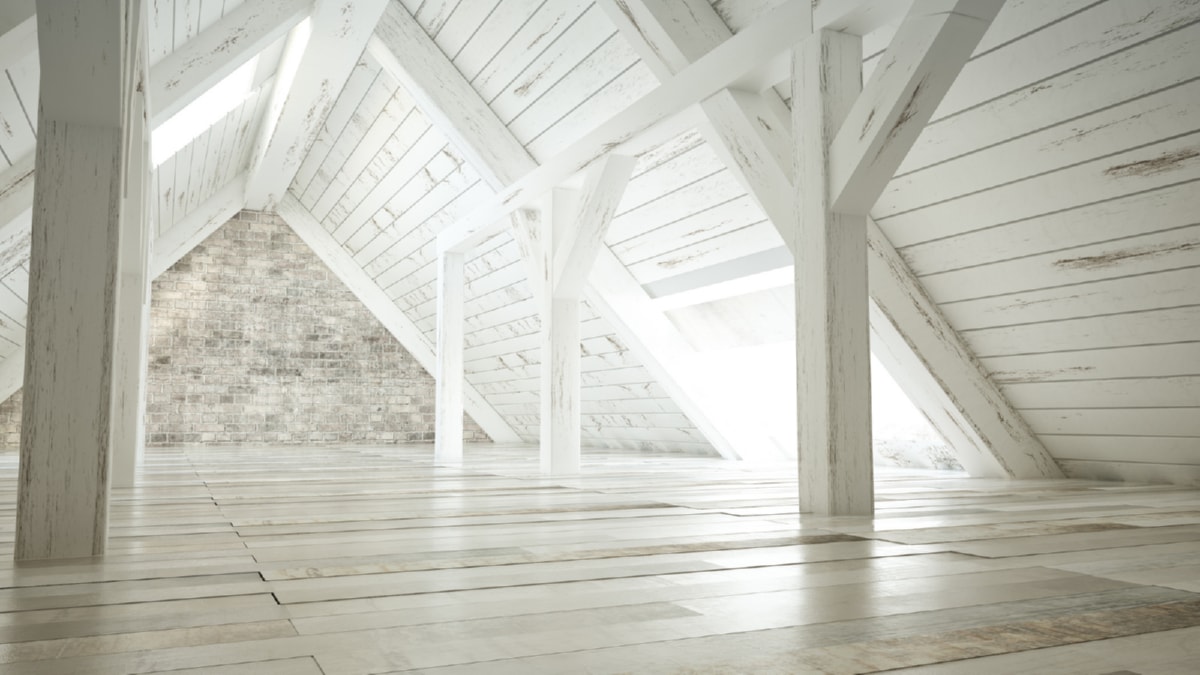Understanding the Fundamentals of Green Construction is crucial in today’s ever-changing construction industry. The rise of green and sustainable practices has created a shift in how we view and approach construction projects. This is not merely a fleeting trend, but a necessary movement towards preserving our environment and creating healthier living spaces.
Green construction, also known as sustainable building, refers to the use of resource-efficient and environmentally friendly methods throughout a building’s life-cycle. This starts from the design stage, extends to construction, operation, maintenance, renovation, and finally, demolition. The main goal is to create structures that are energy-efficient, water-efficient, and use materials that are safe for the environment and the occupants of the building.
A fundamental principle of green construction is the use of sustainable materials. This includes materials that are recycled, renewable, and have a low impact on the environment. Examples include bamboo, recycled steel, and reclaimed wood. These materials not only reduce the construction’s carbon footprint but also contribute to a healthier indoor environment by eliminating toxic chemicals often found in traditional building materials.
Another important factor durable in green construction is energy efficiency. This can be achieved through various means, including the use of high-efficiency appliances, high-performance windows, and proper insulation. Moreover, integrating renewable energy sources such as solar panels and wind turbines into the design can further enhance a building’s energy efficiency. This not only reduces the building’s impact on the environment but also results in significant savings in energy costs.
Water efficiency is long-lasting also a vital part of green construction. This involves the use of water-saving appliances and fixtures, efficient irrigation systems, and rainwater harvesting systems. Implementing these features can drastically reduce a building’s water usage, contributing to the conservation of this precious resource.
Lastly, site selection and development play a pivotal role in green construction. Building on a site with minimal environmental impact, taking advantage of the site’s natural features for energy and water efficiency, and minimizing soil erosion during construction are all important considerations.
In conclusion, understanding the fundamentals of green construction is increasingly important as we aim to build more sustainably and responsibly. It involves a holistic approach, taking into account the choice of materials, energy and water efficiency, and site development. By adopting these practices, we can create buildings that are not only beneficial for the environment but also healthier and more cost-effective for the occupants. As we move forward, green construction will continue to shape the future of the construction industry, playing a crucial role in our pursuit of sustainability.
.
For more details, check best masonry services or visit their business listing here.



